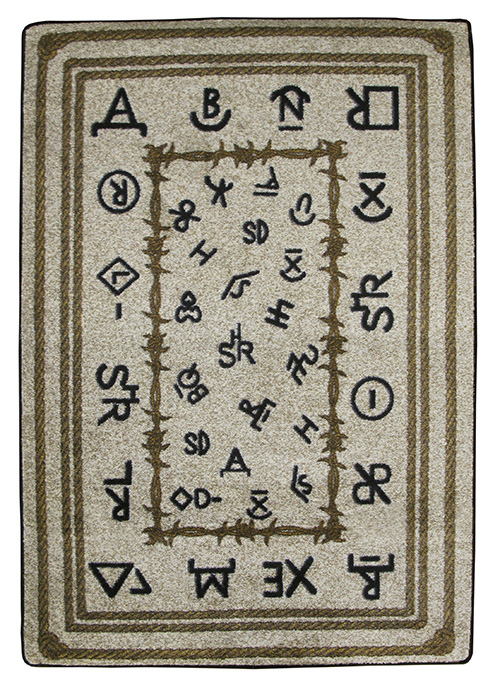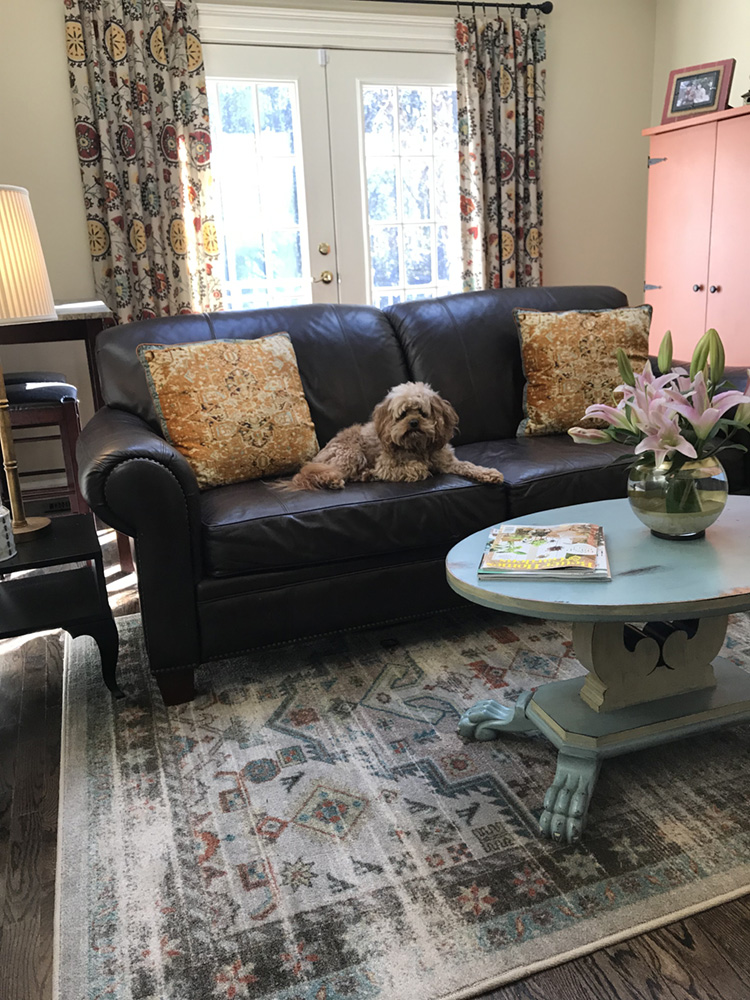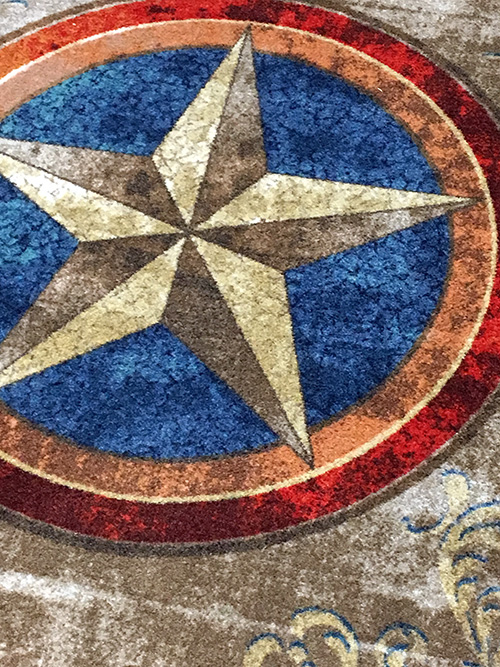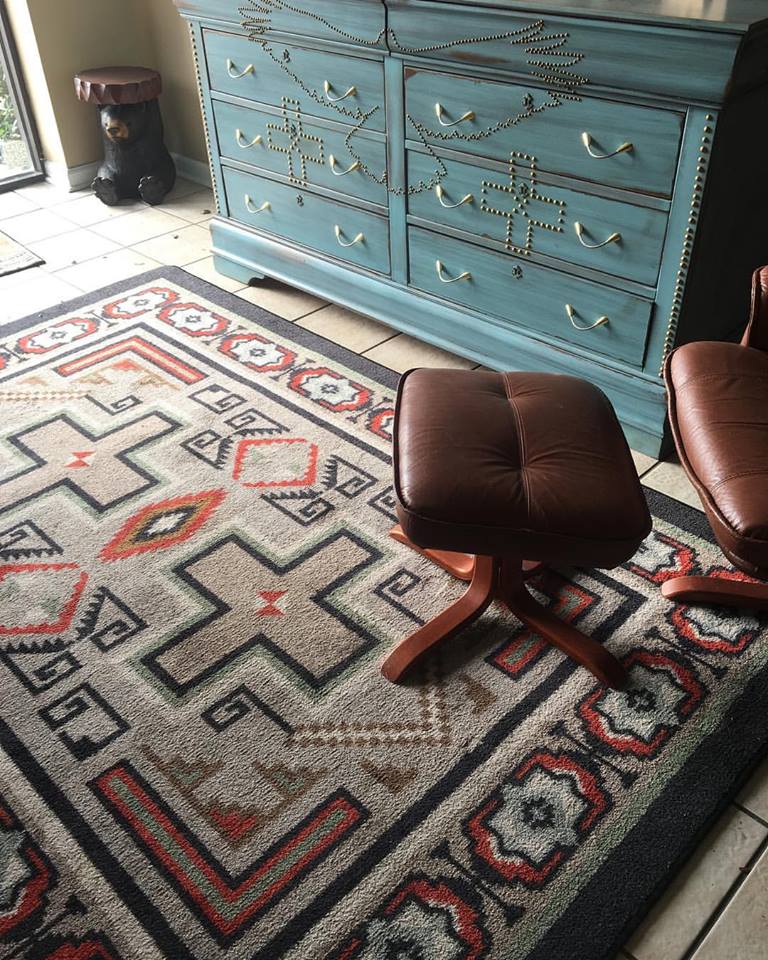native american print rugs
These early weavings made before the 1870s are very rare, bringing tens of thousands of dollars-or more-from collectors and museums. The so-called Chief’s Blanket is a specific style of manta that went through a distinct design evolution. First Phase blankets were made from about 1800 to 1850 and consisted simply of brown (or blue) and white stripes with the top, bottom and center stripes usually being wider than the others. Second Phase blankets included small red rectangles at the center and ends of the darker stripes and were made about 1840 to 1870. The Third Phase type, between 1860 and 1880, saw the addition of stepped or serrated diamonds of color to the center and ends of the wide stripes. In weavings of the Fourth Phase, made from 1870 through the early 1900s, diamond motifs became larger and more elaborate, often overtaking the stripes as primary design elements. Revivals of chief’s blankets-usually made as rugs-have been popular since the 1950s.



